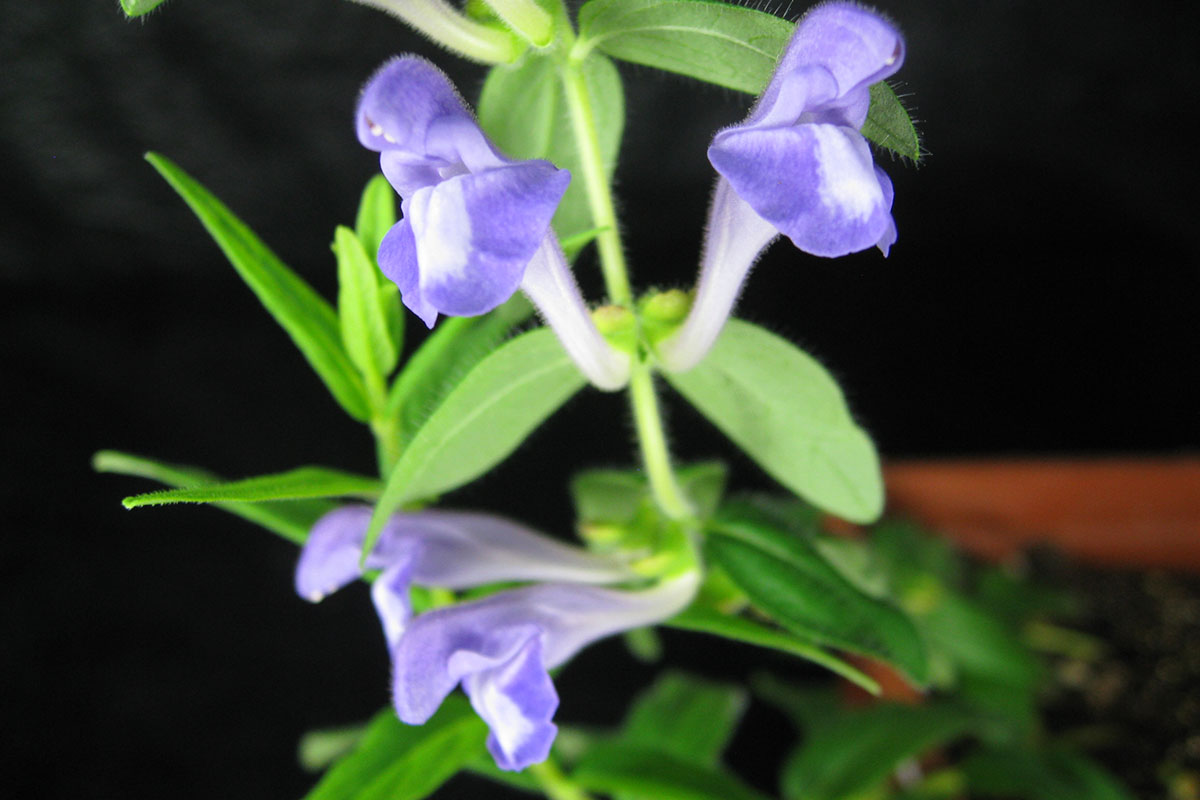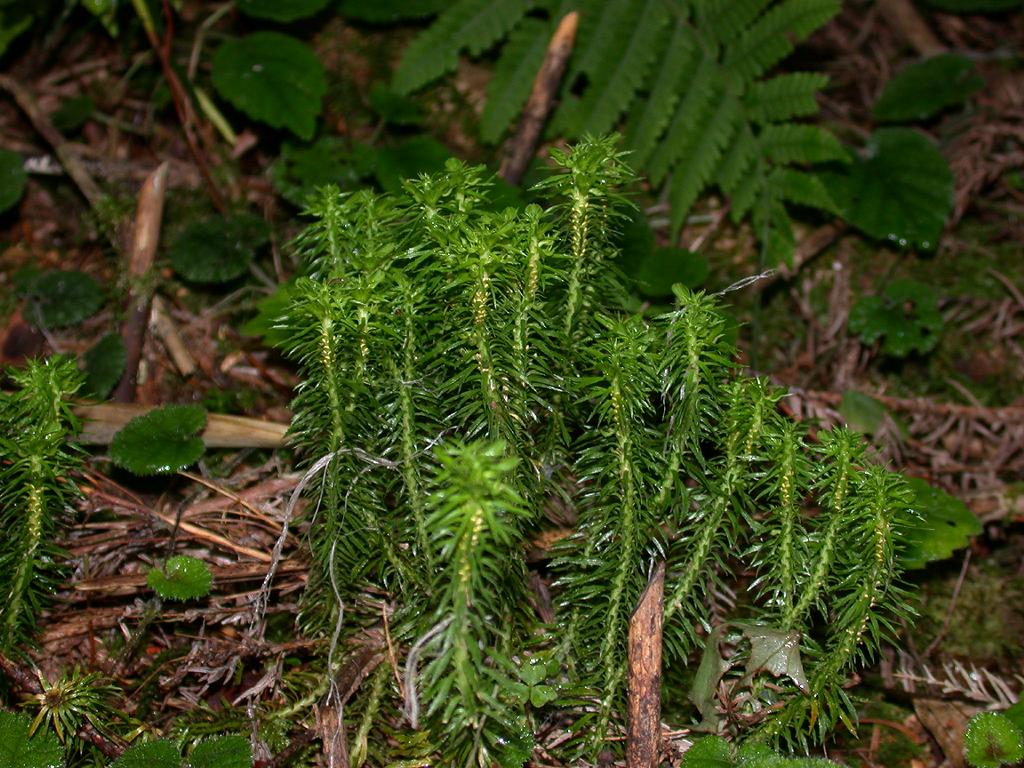Publications

The Arabidopsis Protein Phosphatase PP2C38 Negatively Regulates the Central Immune Kinase BIK1
Plants recognize pathogen-associated molecular patterns (PAMPs) via cell surface-localized pattern recognition receptors (PRRs), leading to PRR-triggered immunity (PTI). The Arabidopsis cytoplasmic kinase BIK1 is a downstream substrate of several PRR complexes. How plant PTI is negatively regulated is not fully understood. Here, we identify the protein phosphatase PP2C38 as a negative regulator of BIK1 activity and BIK1-mediated […]

Two-Step Regulation of a Meristematic Cell Population Acting in Shoot Branching in Arabidopsis.
Abstract Shoot branching requires the establishment of new meristems harboring stem cells; this phenomenon raises questions about the precise regulation of meristematic fate. In seed plants, these new meristems initiate in leaf axils to enable lateral shoot branching. Using live-cell imaging of leaf axil cells, we show that the initiation of axillary meristems requires a […]

A specialized flavone biosynthetic pathway has evolved in the medicinal plant Scutellaria baicalensis
Abstract Wogonin and baicalein are bioactive flavones in the popular Chinese herbal remedy Huang-Qin (Scutellaria baicalensis Georgi). These specialized flavones lack a 4′-hydroxyl group on the B ring (4′-deoxyflavones) and induce apoptosis in a wide spectrum of human tumor cells in vitro and inhibit tumor growth in vivo in different mouse tumor models. Root-specific flavones (RSFs) […]

Global transcriptome analysis of Huperzia serrata and identification of critical genes involved in the biosynthesis of huperzine A
Abstract Huperzia serrata (H. serrata) is an economically important traditional Chinese herb with the notably medicinal value. As a representative member of the Lycopodiaceae family, the H. serrata produces various types of effectively bioactive lycopodium alkaloids, especially the huperzine A (HupA) which is a promising drug for Alzheimer’s disease. Despite their medicinal importance, the public genomic and transcriptomic […]